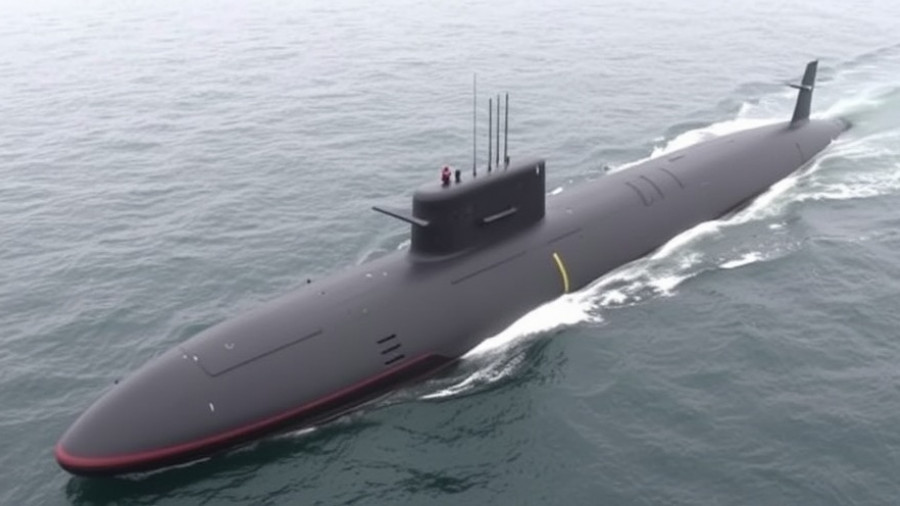
Exploring the DriX H-8 USV: A New Era for Naval Technology
The landscape of maritime operations is changing rapidly, and one of the significant players in this evolution is Exail, a French industrial company that has made headlines with its recent contract to supply five DriX H-8 uncrewed surface vehicles (USVs) to an unnamed European nation. This order reflects not just a milestone for Exail, but also a pivotal shift in how maritime operations are conducted, particularly in the realms of military and civil applications.
What Makes the DriX H-8 Stand Out?
The DriX H-8 has emerged as a versatile vessel capable of performing tasks in both shallow and deep waters, making it suitable for a variety of missions. It is designed primarily for intelligence, surveillance, and reconnaissance (ISR) tasks, and has already accumulated over 15,000 operational hours worldwide since its inception. With capabilities to navigate continuously at a speed of seven knots for up to seven days, the DriX H-8's endurance sets a new standard in USV operations.
The Growing Importance of Uncrewed Maritime Systems
As noted by Exail's maritime systems business line head Jérôme Bendell, the increasing complexity of maritime security challenges underscores the necessity for unmanned solutions like the DriX H-8. This contract is significant not only because it is the largest order to date for Exail’s DriX platform but also because it showcases the heightened interest in the integration of autonomous systems into modern naval strategies.
The utilization of unmanned vehicles reflects broader trends in defense where nations are moving toward cost-effective, flexible operational units that can carry out a wide range of missions without risking human lives.
Current Trends in Uncrewed Solutions
The DriX H-8 USV is not an outlier; it represents a growing trend in naval strategy towards adopting uncrewed systems. From NATO joint exercises to specialized missions like the ones undertaken by the Indonesian Navy, which recently contracted Exail for several USVs along with mine identification and disposal systems, there is increasing recognition of the operational value these unmanned platforms provide.
Additionally, as nations seek to modernize and strengthen their fleets, the demand for systems that allow for ISR capabilities is only expected to grow. This positions companies investing in these technologies, such as Exail, at the forefront of defense innovations.
Future Implications for Maritime Security
With the DriX H-8 at the center of this transformation, it's worth exploring what this means for the future of naval operations. As uncrewed systems become integral in surveillance, reconnaissance, and potentially tactical roles, questions arise regarding the balance between technology and traditional maritime combat methods.
The advancements in uncrewed vehicles signal a shift towards a more hybrid model of naval warfare, combining the speed and agility of unmanned systems with traditional naval forces. This hybrid approach could lead to increased strategic options for nations involved in maritime defense.
Conclusion: The Future Is Now
As the contract with the unnamed European nation solidifies the DriX H-8's place within modern defense frameworks, it serves as a reminder of the rapid advancements in technology surrounding maritime operations. This is not just about fulfilling current operational needs; it prompts larger questions about the integration of uncrewed platforms into our naval strategies. As nations continue to invest in such technologies, it is crucial for stakeholders to engage with these changes actively and consider how they can adapt and innovate in a new era of defense.
To learn more about the evolving landscape of uncrewed maritime systems, stay informed and engaged with the latest industry news and innovations.
 Add Row
Add Row  Add
Add 




Write A Comment